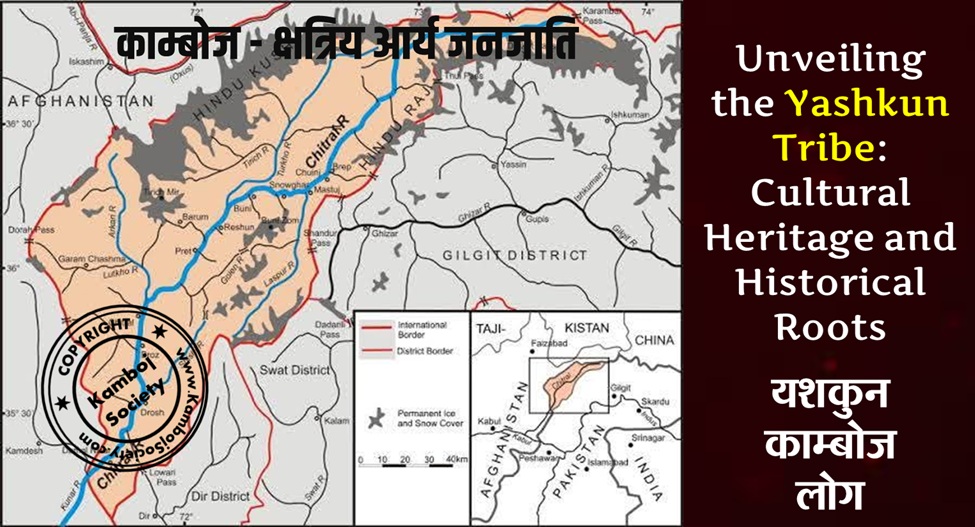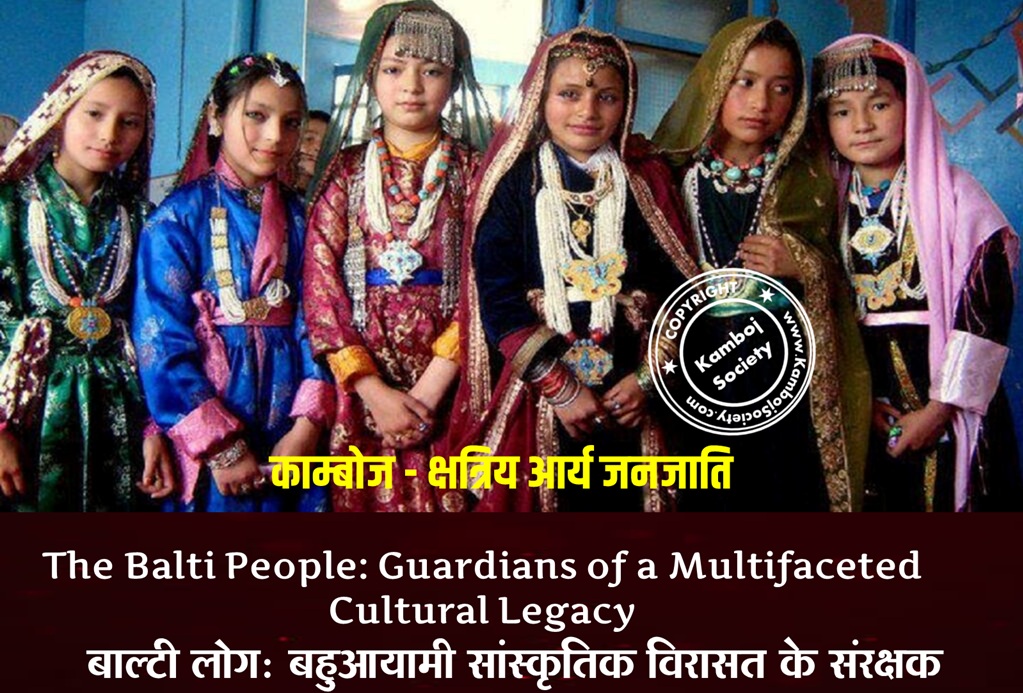The Hola Mohalla Festival is celebrated right after the Hindu festival of colours, popularly known as Holi. Held at Anandpur Sahib, it is a substantial annual fair held for three days. This year, the Hola Mohalla Festival will be celebrated from 29th March to 31st March.
The Hola Mohalla fair was started by the great Guru Gobind Singh of Punjab for the Sikhs to practice military exercises. Mock battles are also held during the three-day course period. The Sikh community commemorates the Hola Mohalla Festival by watching and participating in the martial arts parades, led by the Gurudwara's Nishan Sahibs.
Festival Dates: Monday, 29th March to Wednesday, 31st March.
Location: Anandpur Sahib, Punjab
History of Hola Mohalla
Hola, which originated from the world 'halla' means military charge. Mohalla, as explained by Mahan Kosh, the first Sikh encyclopaedia, means an organized parade. Therefore, the words Hola and Mohalla put together mean 'the charge of an army'.
Hola Mohalla is the continuation of the spring festival of Holi. Sri Guru Gobind Singh Ji incorporated a martial attribute to the procedure of celebrating Holi to create Hola Mohalla, celebrated on the day after Holi. Guru Gobind Singh, the tenth Sikh Guru, developed on the story of Prahlad to establish this festival. It is believed that Guru Gobind Singh formulated Hola Mohalla in 1680.
The military training occurred on the bed of the Charan Ganga River and was personally overseen by the Guru. In this small town found on the Punjab-Himachal Pradesh frontier, people from all over the world gather in large numbers to witness the yearly event that stars martial games and sports that used to be traditionally performed by the Sikhs during their long war against the Mughals.
Known colloquially as Akalis, Nihngas or Nihang Singhs, they are affectionately dubbed as the Knights of the Guru. A remarkable and colourful parade takes place in which the Nihangs, in their conventional panoply, form the vanguard while exhibiting their mastery in the use of weaponry, horsemanship, tent-pegging and other war-like sports. The most spectacular event in the Hola Mohalla is the majestic procession of the Nihangs on horses and elephants and foot, carrying a range of traditional and modern weapons and displaying their capabilities to use them.
Hola Mohalla 2021 Date
Usually falling in March, the Hola Mohalla Festival of Punjab takes place on the second day of the lunar month of Chett. This month marks the beginning of the Nanakshahi calendar. Hola Mohalla 2021 will take place from 29th March to 31st March. Although the festival is celebrated for three days, people visiting the fair decide to stay on for the whole week absorbing the extravaganza and the aura of the environment. Participants at Anandpur Sahib have a one-of-a-kind experience witnessing enjoyable displays of bravery and prowess. The Hola Mohalla is a big celebration for Sikhs around the globe.
Highlights of Hola Mohalla 2021, Punjab
- It is a yearly fair where Nihangs, renowned for their courageous acts dating back to the days of Ranjit Singh, demonstrate their martial arts skills in a distinctive yet traditional style.
- The Nihangs, adorned in their ceremonial garb, show the people gathered, their astonishing feats of fighting, drills and 'gatka' or mock-battles.
- Daredevil acts like bareback horse-riding, standing upright on two speeding horses and many other such performances.
- Since the Hola Mohalla Festival is celebrated after Holi, the festival of colours is also celebrated during the three days.
- According to Guru Gobind Singh, "mostly during festivities of Hola Mohalla, a sword is often in demand at Nanded, so each member in the ceremony (jaloos) must have one in his hand."
- An exciting part of the Sikh community is their cuisine. The Langars, which is a Sikh community kitchen, prepares delicious vegetarian food. Visitors enjoy their meal sitting together on Pangats.
- Visitors also enjoy a traditional line of Kirtans and Bhajans which are devotional songs and various religious lectures, music and poems.
Hola Mohalla's week-long festival ends at Gurudwara Holgarh Sahib (that exists on the site of Holgarh Fort), one and a half kilometres northwest of the town across the river Charan Ganga. This was where Guru Gobind Singh presented the Hola celebration in the spring of 1701, the day after Holi. Hola Mohalla conveys the message of courage and defense preparation, concepts dear to the Tenth Guru, who defended the Sikhs against the threats of the Mughal Empire and the Hill Kings.
Anandpur Sahib
The foothills of the Shivaliks in the Ropar district of the north-eastern region of Punjab, especially around the historic townships of Anandpur Sahib and Kiratpur Sahib, have been hosting the Hola Mohalla since 1701. In the year 1699 during the Baisakhi festival, it was here at Anandpur that Guru Gobind Singh gave birth to the Khalsa. He christened the native Panj Pyare and commemorated the Order of Holy Warriors who pledged to defend the Sikhs and their fellow countrymen and their religious rights.
How to get to Anandpur Sahib, Punjab
Anandpur Sahib has witnessed several significant events in Sikh history, including the Hola Mohalla Festival while also being the home city to the last two human Gurus of the Sikh community. Due to its historical importance, it is a tourist attraction. Tourists can get to Anandpur Sahib by bus enjoying the luxurious greens. One can find buses from Chandigarh, Ambala, Delhi and the central city of Punjab.
Tourists interested in attending Hola Mohalla's festivities this year must follow all the necessary Covid-19 precautions.










